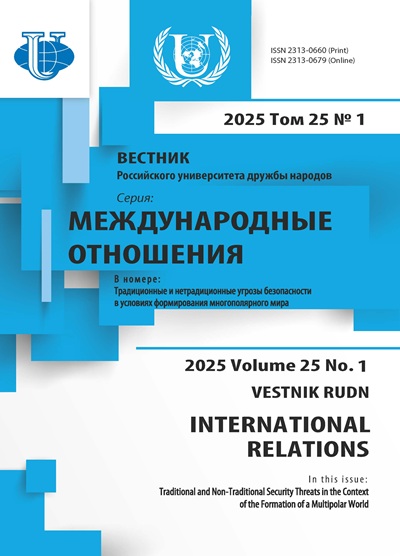Dimensions of International Hierarchy in the Post-Soviet Space: Analytical Approaches and Empirical Reflections
- Авторы: Aglyan V.R1
-
Учреждения:
- Выпуск: № 4 (2014): Постсоветское пространство: украинский кризис, евразийская интеграция, энергетика и безопасность
- Страницы: 185-192
- Раздел: Статьи
- URL: https://journals.rudn.ru/international-relations/article/view/10416
Цитировать











